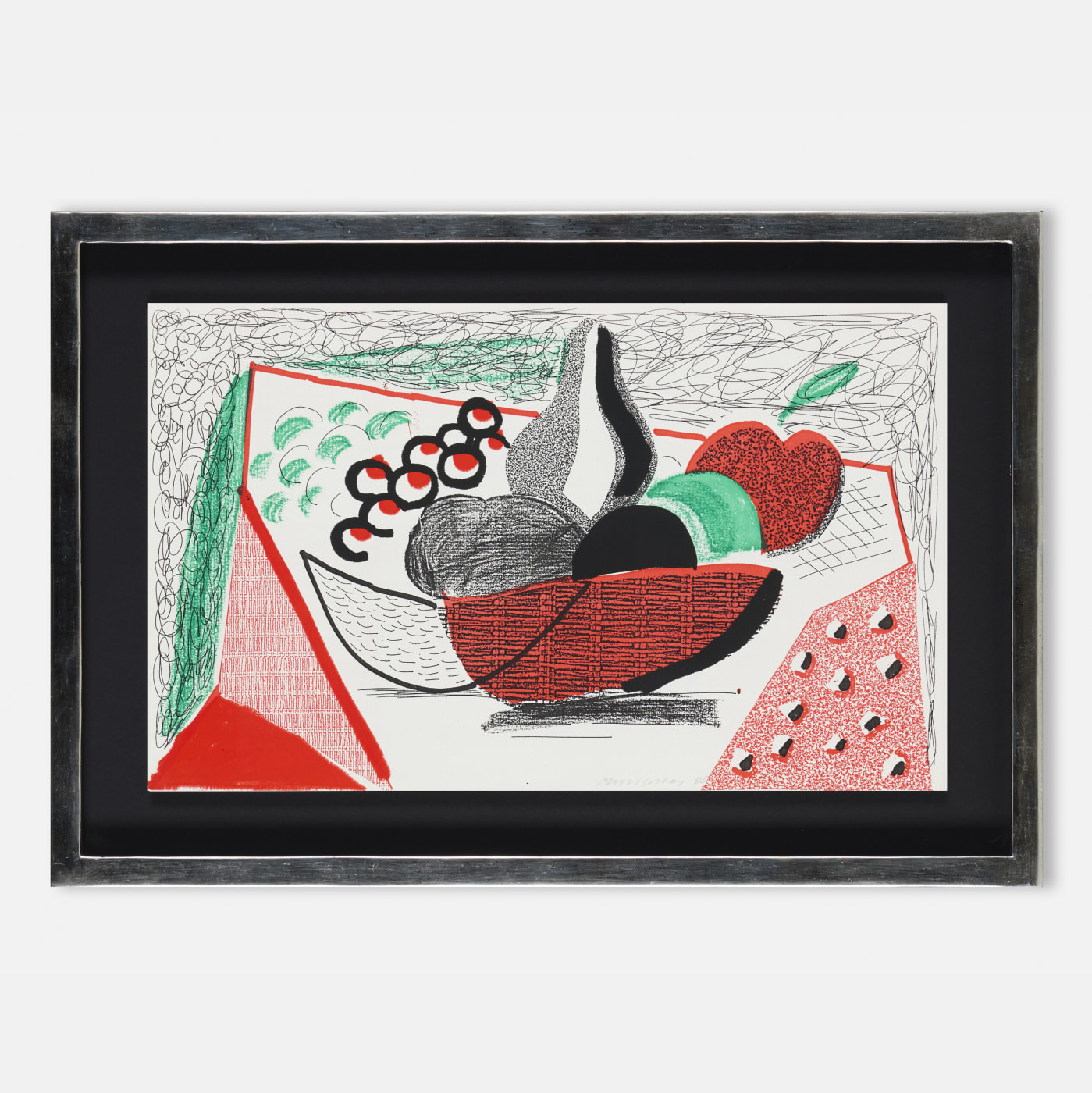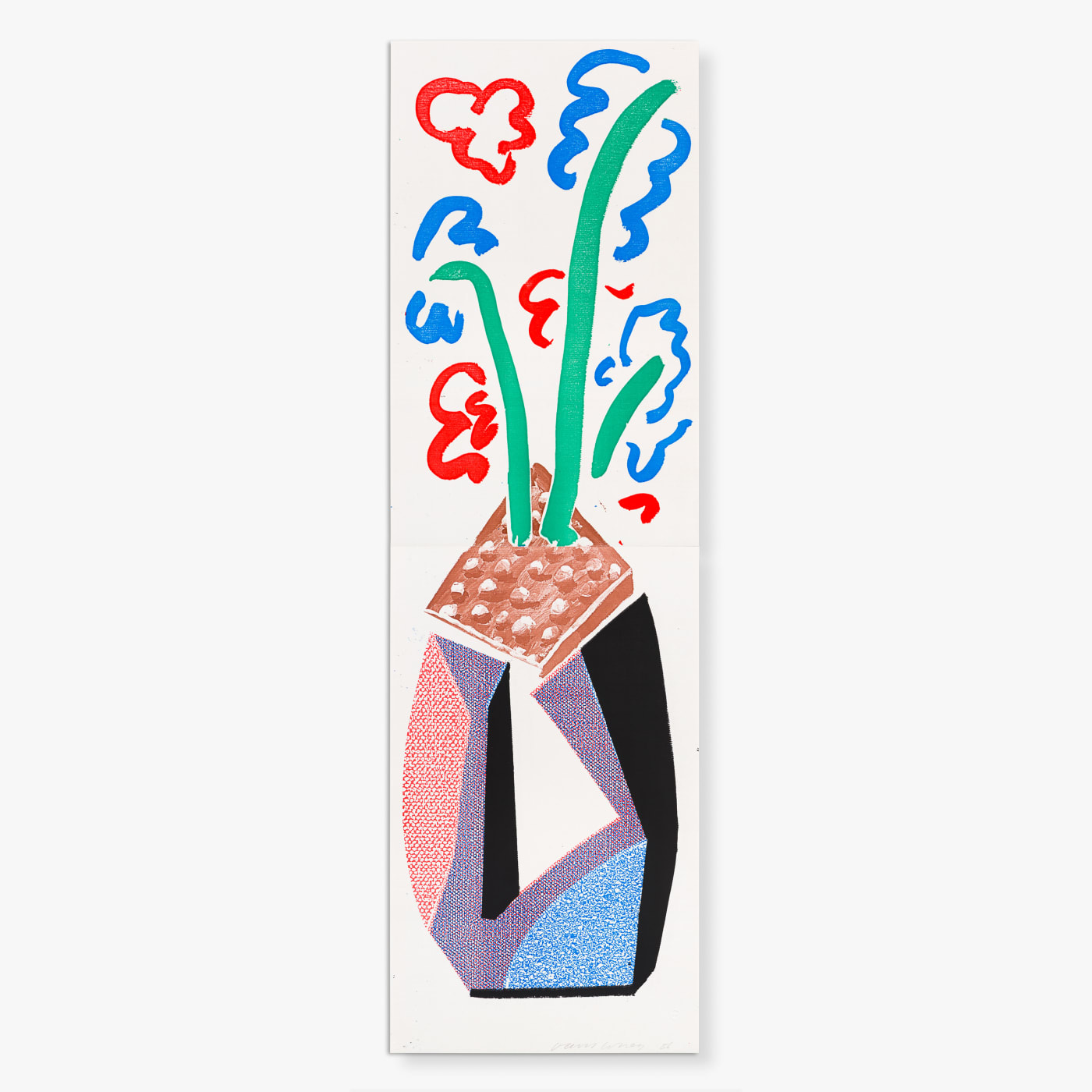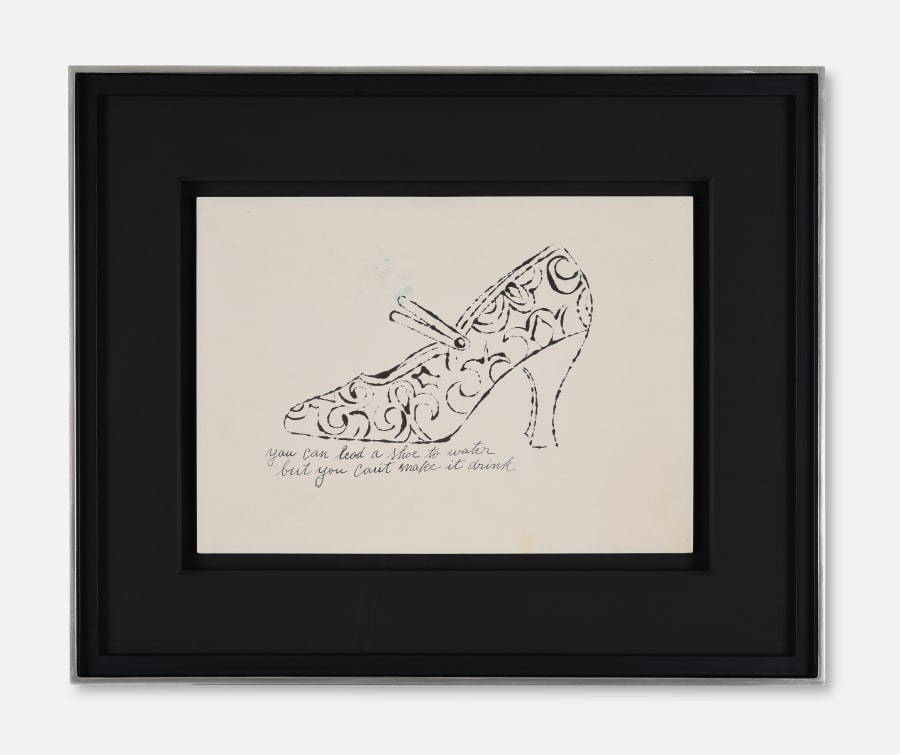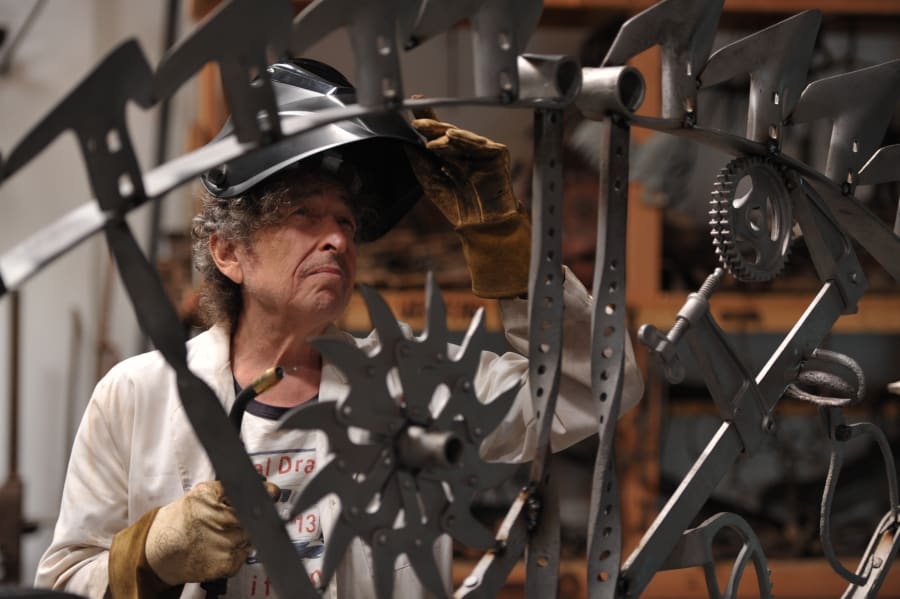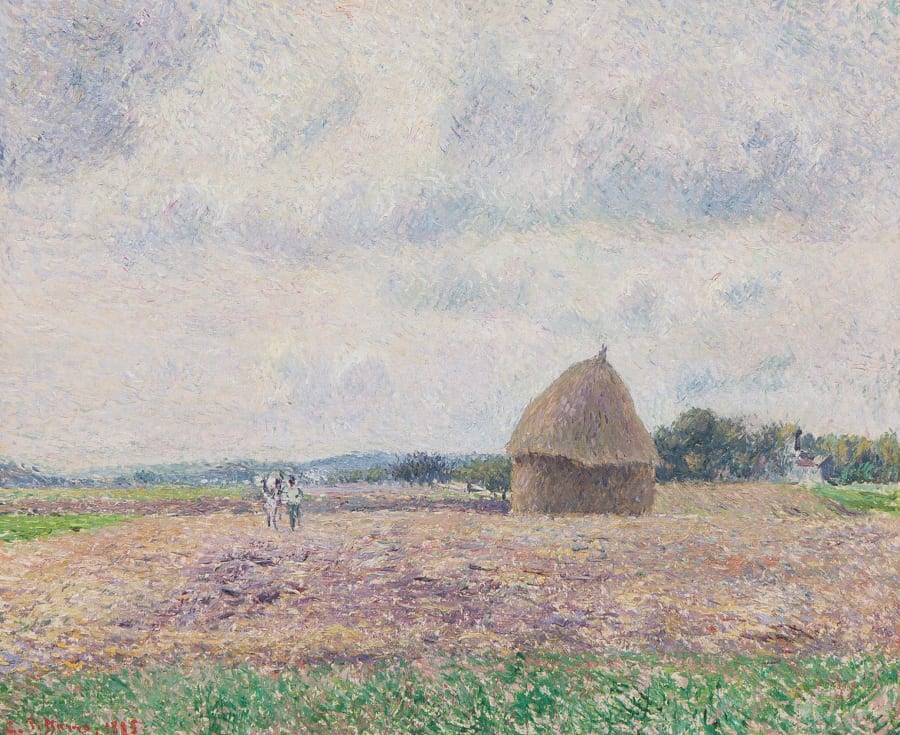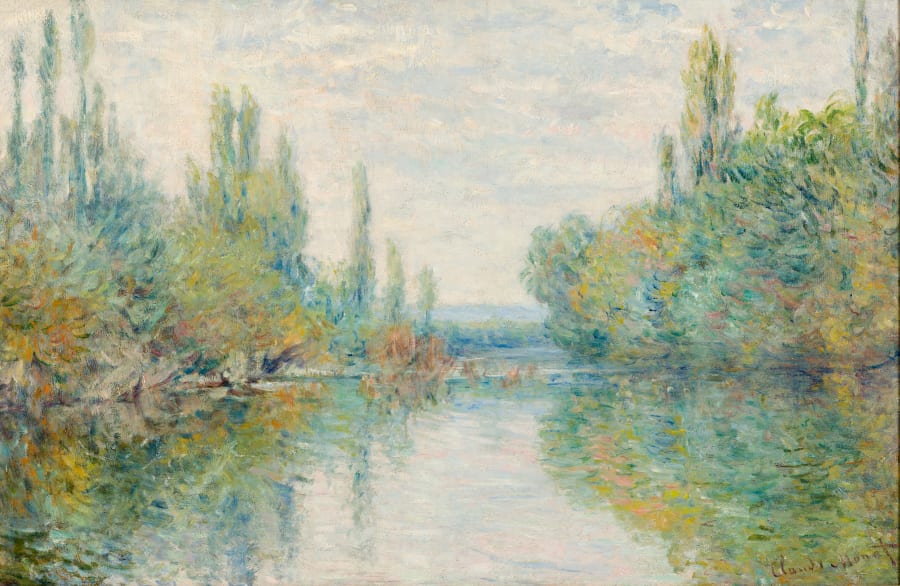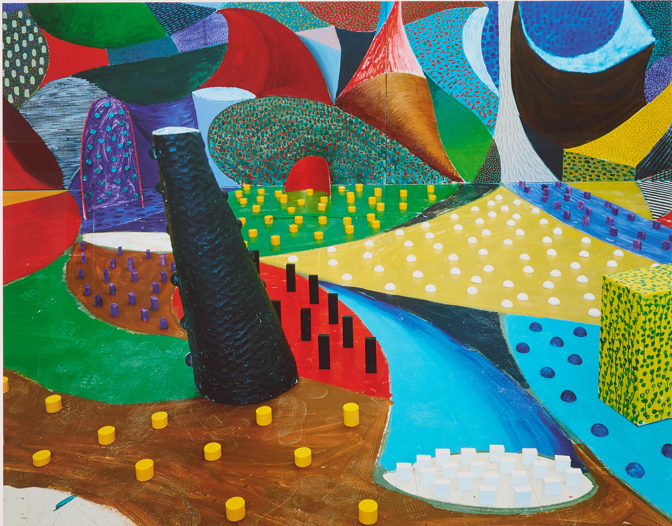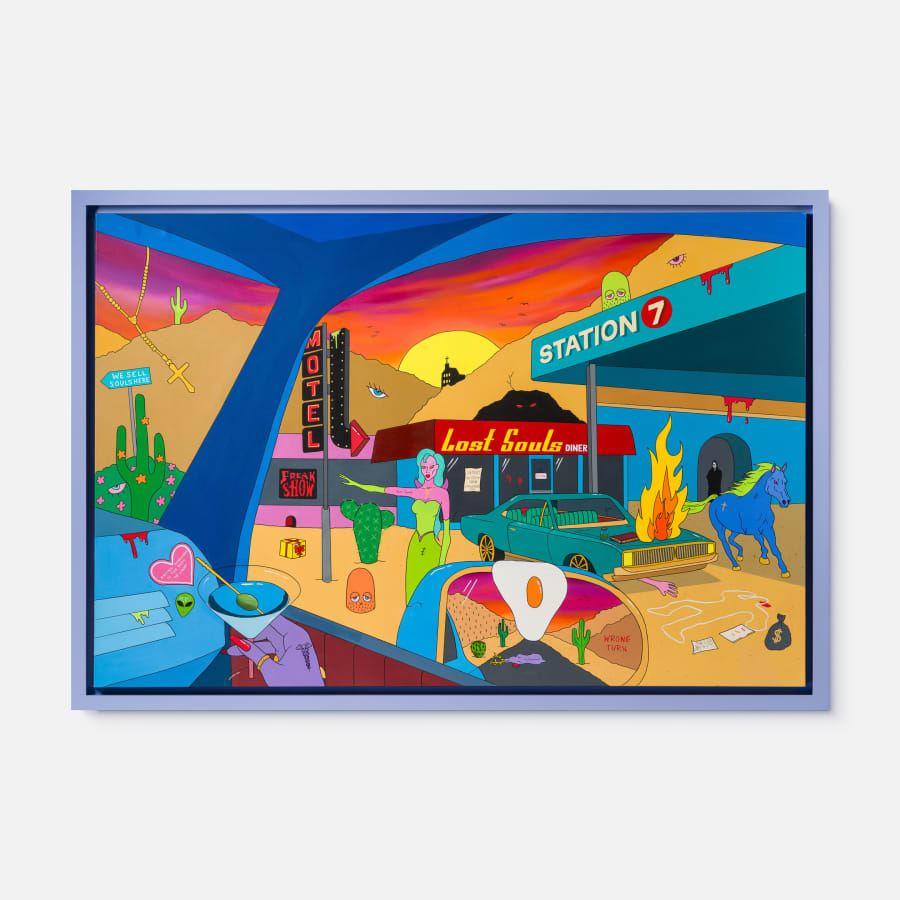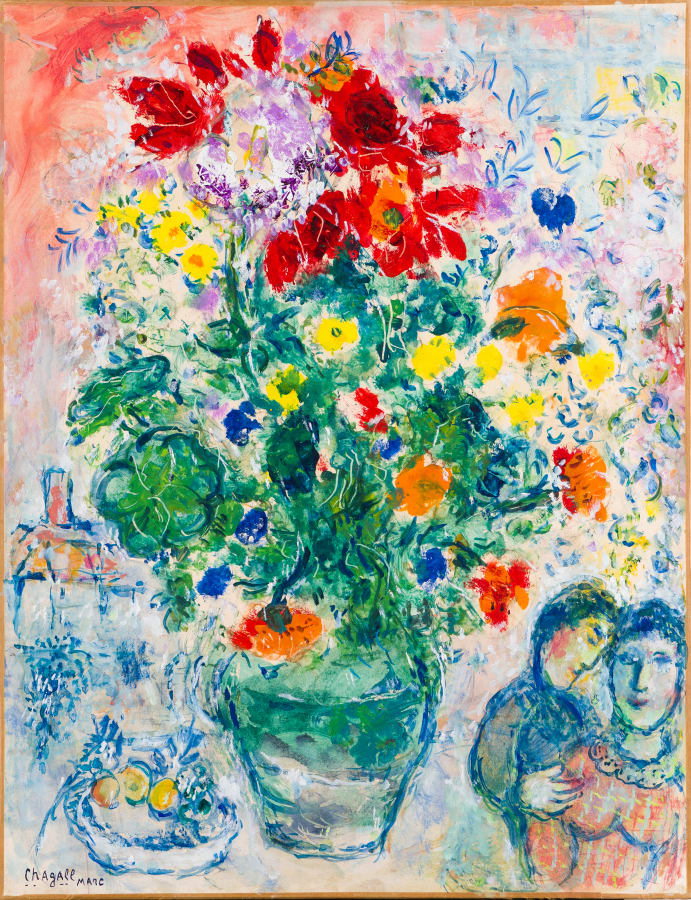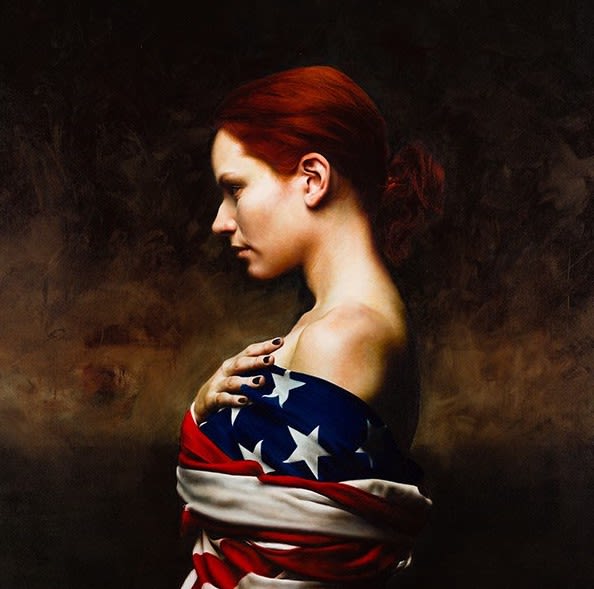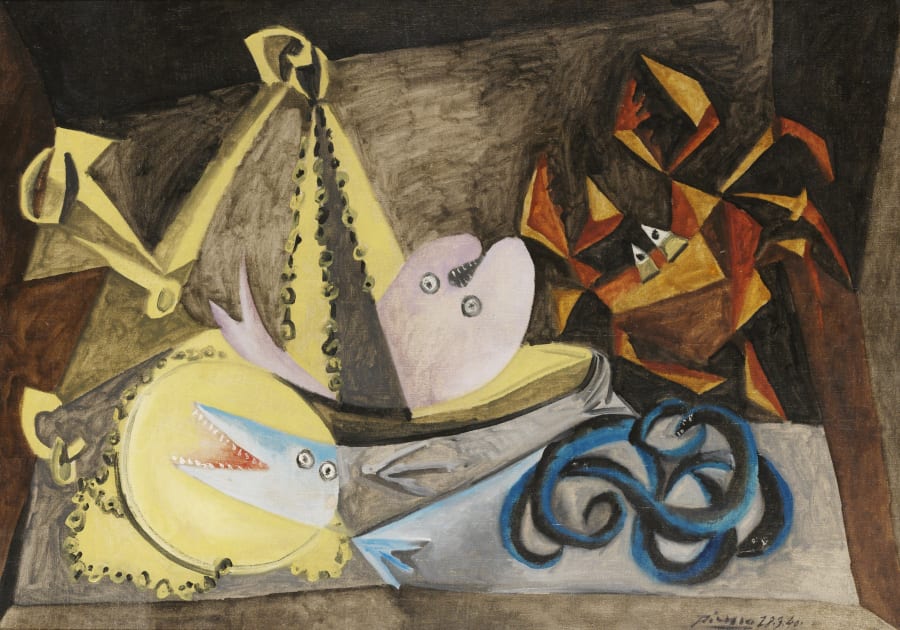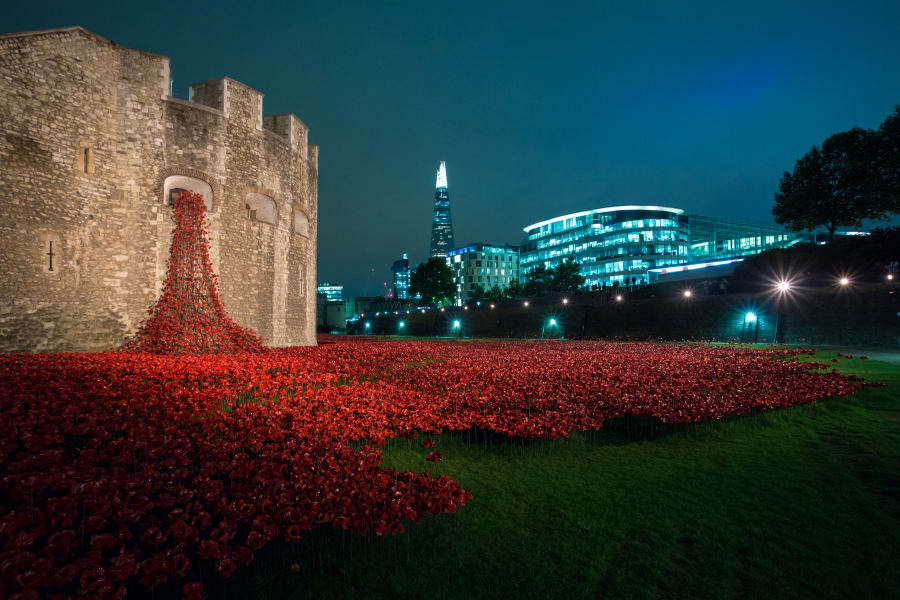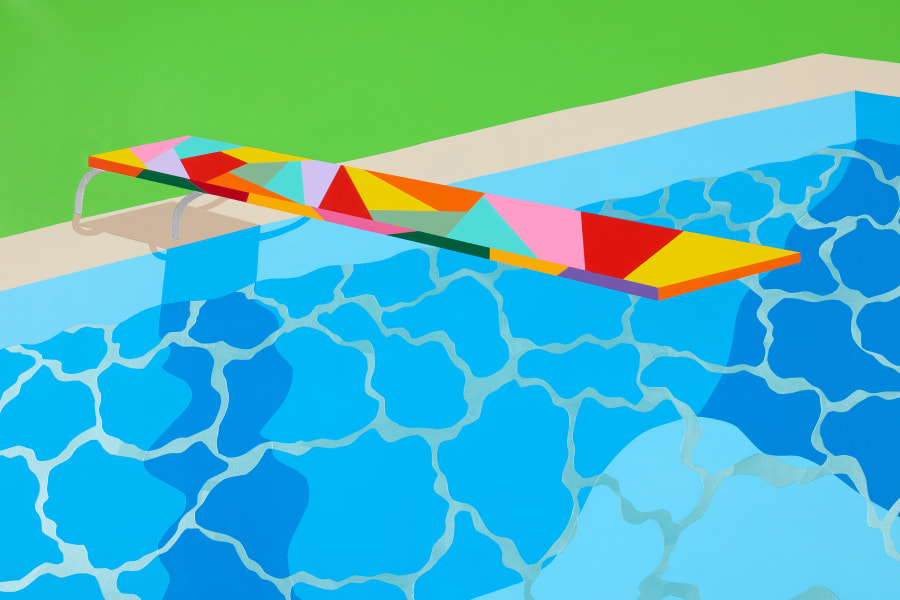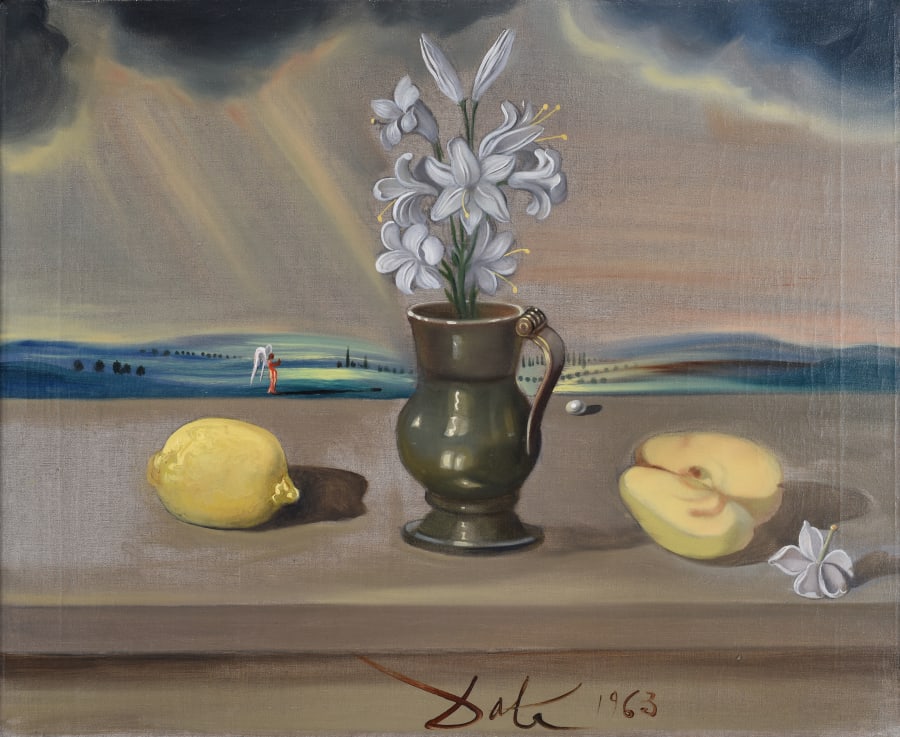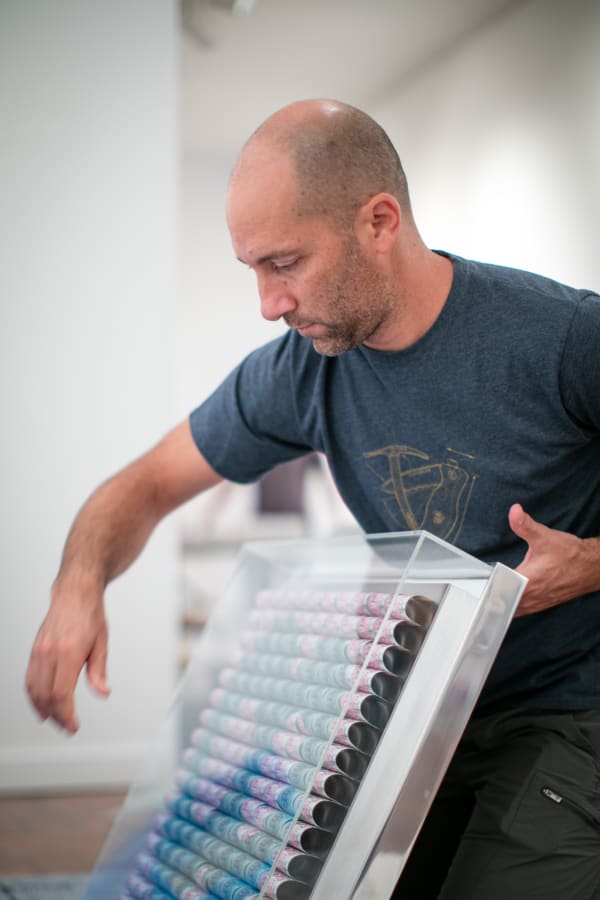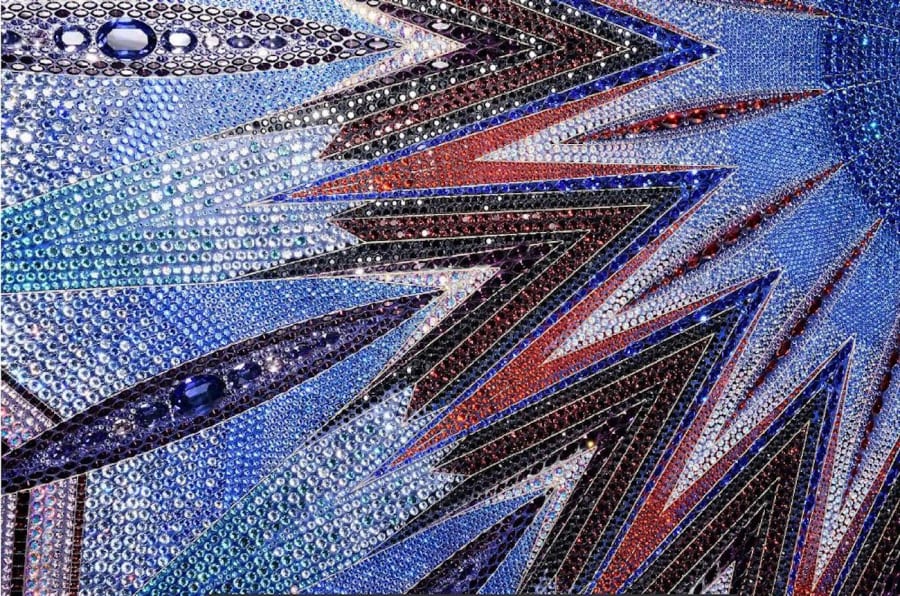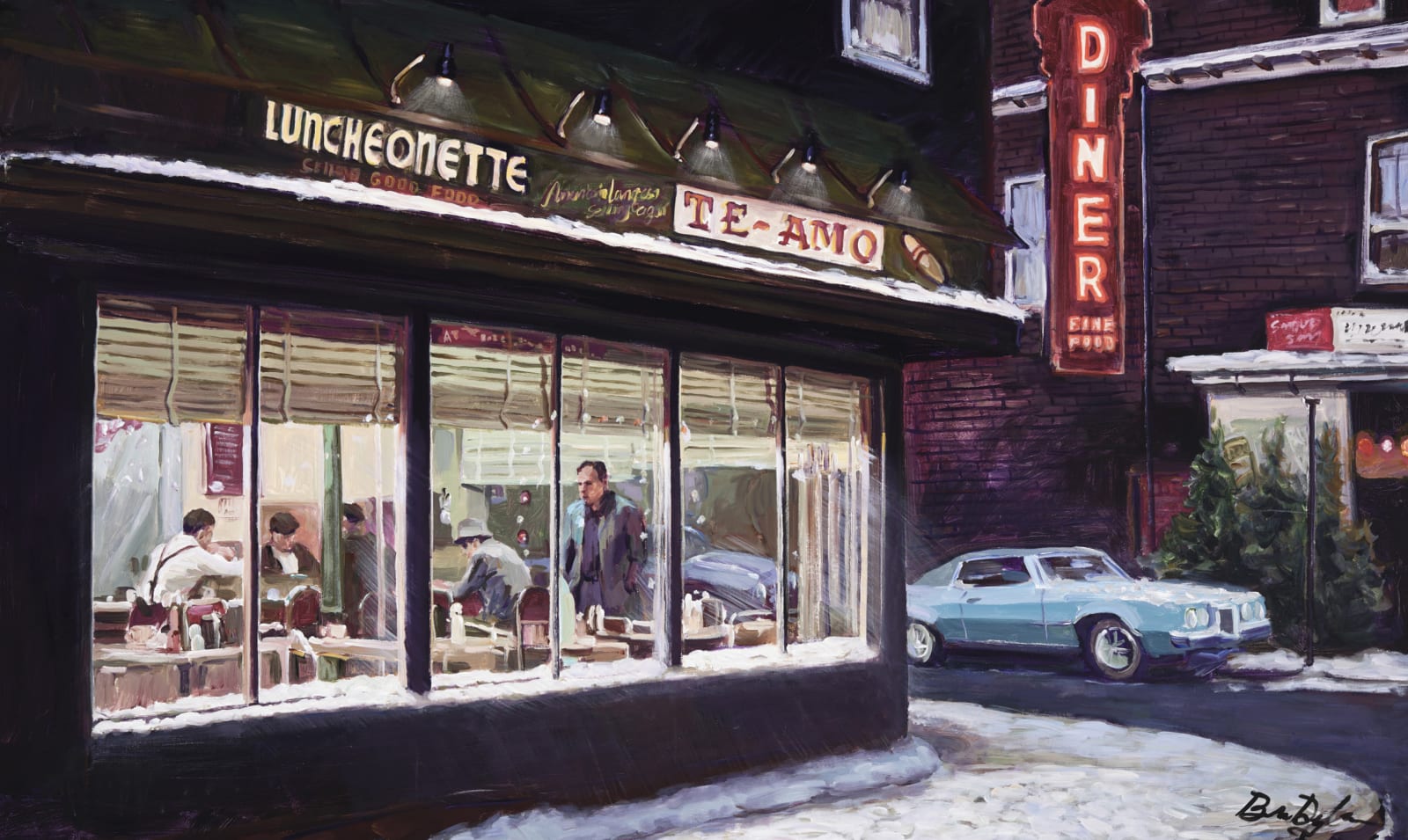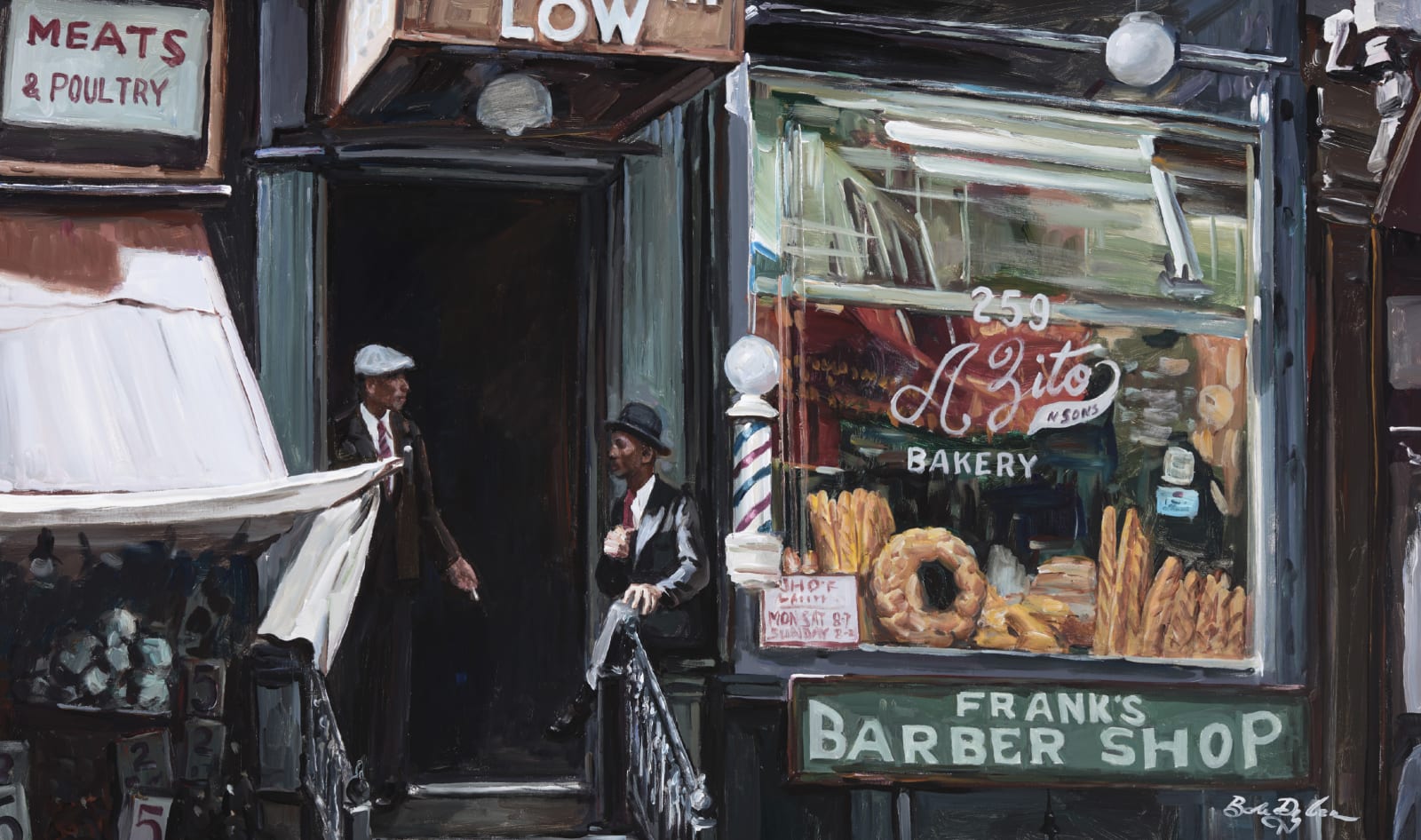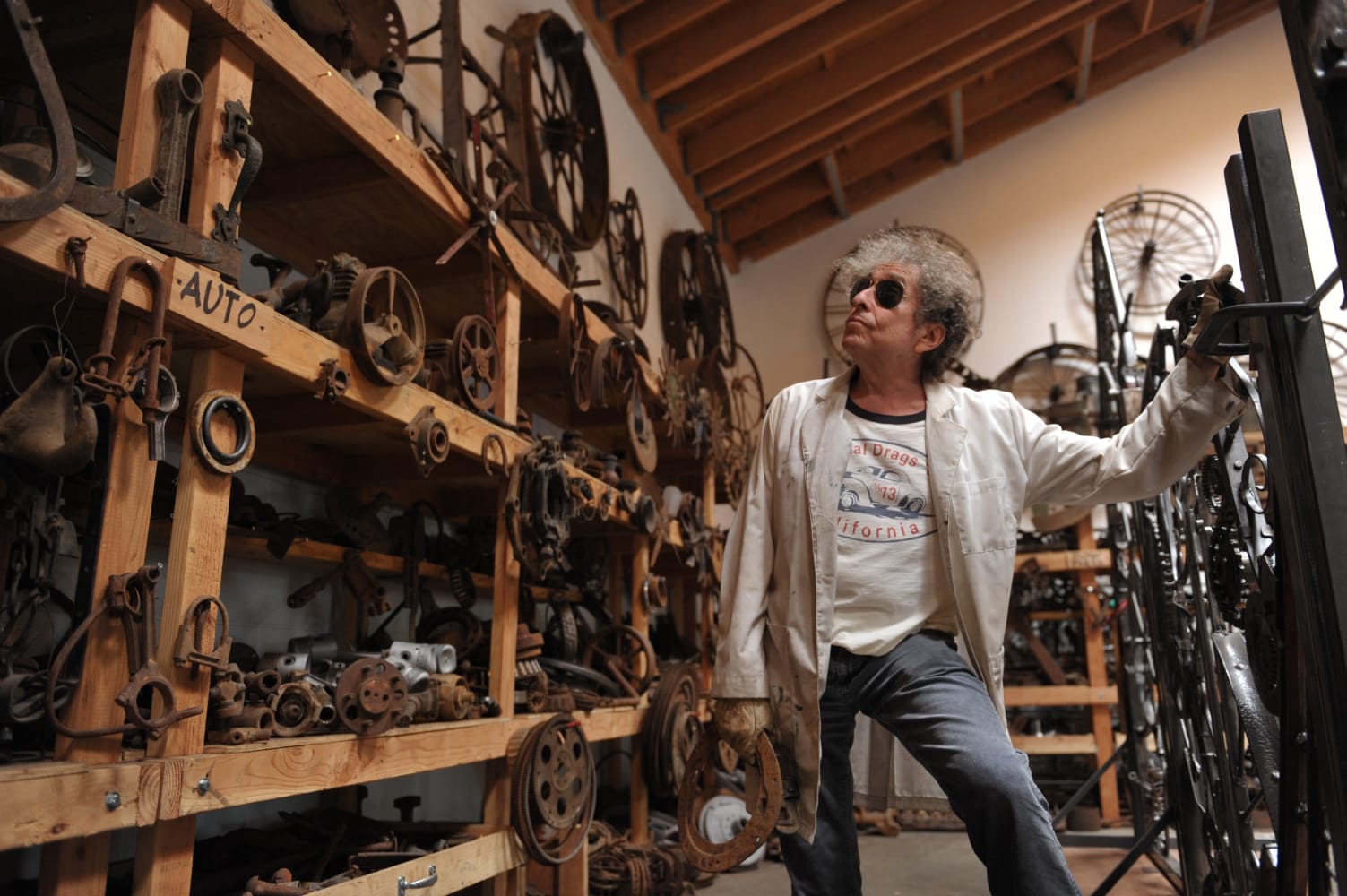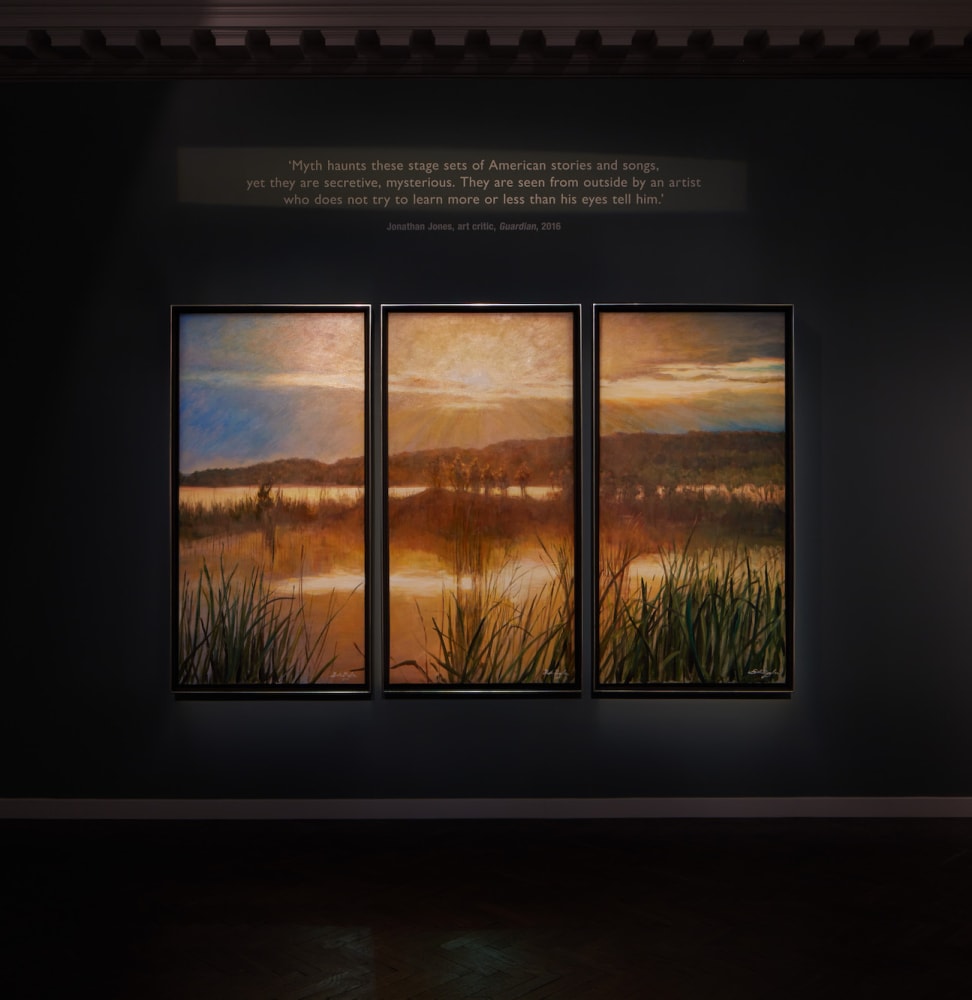

Innovative Expressions
In 1986, David Hockney revolutionized printmaking with his ‘home-made’ Xerox prints, using a photocopier to represent everyday objects as subtly modified ‘translations’ rather than exact duplicates. This innovative approach restored spontaneity and autonomy to his process, challenging conventional notions of duplication and embracing experimentation with texture, colour, and scale. An intriguing similarity manifests when comparing Hockney’s home-made prints with Matisse’s ‘cut-outs.’ Read more below..
If you are interested in adding to your collection speak to one of our art consultants now - email us at info@halcyongallery.com

Matisse’s cut-outs are bold re-imaginings of traditional artistic forms – created in his later years – when physical limitations compelled him to abandon painting in favour of a medium that was both liberating and transformative. These works were created by cutting out shapes from prepared sheets of matte-painted gouache. From here, he lay-out these shapes to visualise dynamic compositions of leaves, human figures, instruments and animals now so iconic to his oeuvre. From small, intimate pieces to monumental installations like The Snail (1953) and The Swimming Pool (1952), these works bridged the gap between painting and sculpture.
Both artists employ vibrant colour throughout their work. For Hockney, this manifests in the discrete layers of ink used in his Xerox prints. Though these home-made prints only constitute around six months of his practice, within this time there was noticeable development and experimentation with colour. As he expanded his practice to using several printers in tandem, he welcomed new possibilities for colour variation. The manual nature of these machines meant the process was somewhat sluggish, as Hockney would change ink cartridges every time he wanted to change hue. His decision to adopt a multi-printer system meant he had a range of colours at his fingertips; this approach allowed Hockney to move beyond the single-colour philosophy he initially began with. Much like Matisse, Hockney uses variations of colour—and sometimes a lack of it—to define and differentiate his forms.
Hockney's works Bowl of Fruit (1986), Lemons and Oranges (1986) and Apples, Pears and Grapes (1978) masterfully combine skewed perspective with considered application of colour to create dynamic compositions of luscious fruits, artisanal bowls and highly decorative tablecloths.

